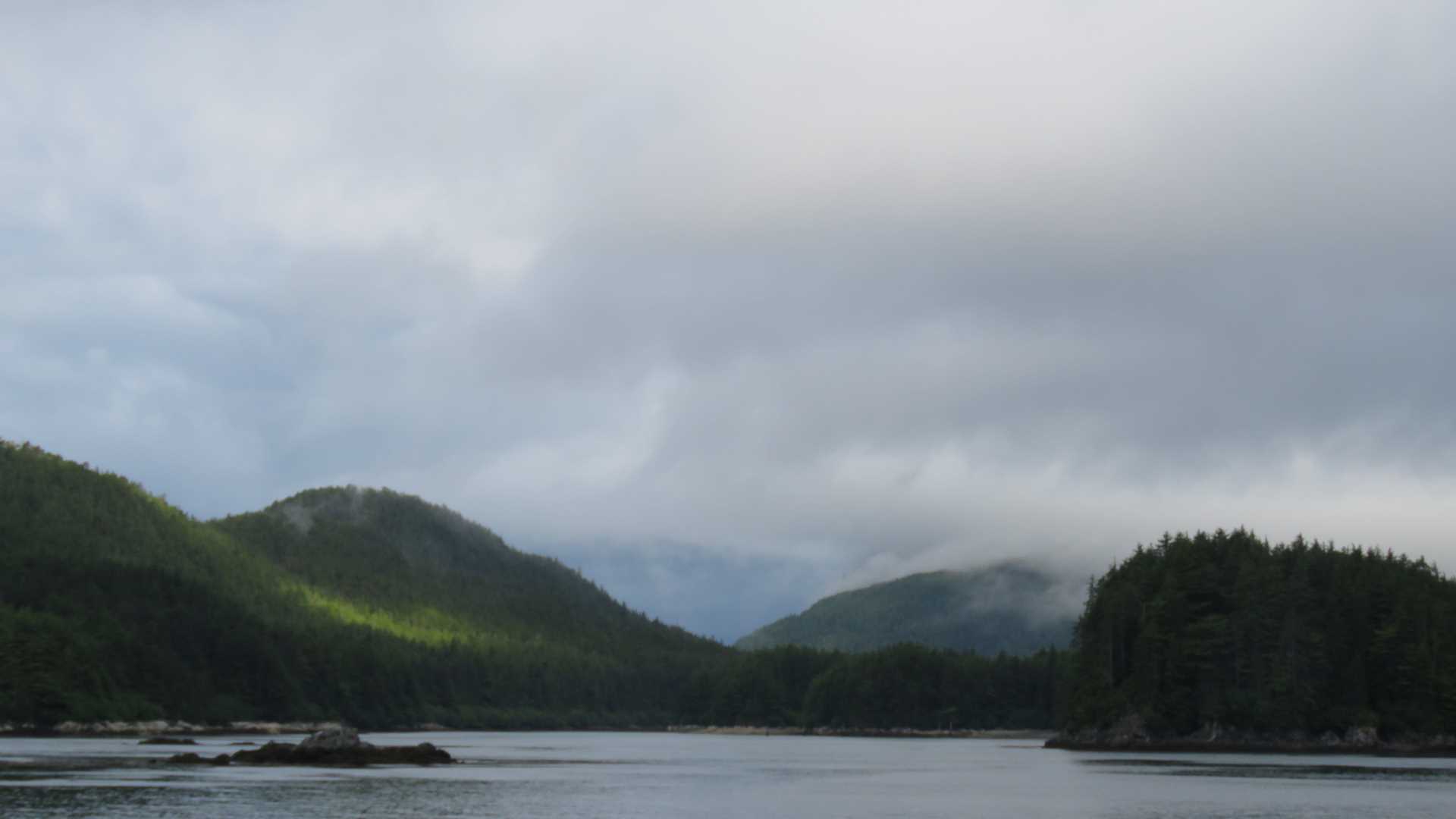This morning our expedition ship brought us to an anchorage in a sheltered cove of the Inian Islands. These islands reside within Icy Strait, so named by explorer George Vancouver in 1794 for the massive amounts of glacial ice choking this passage during his voyage. Today the ice is gone, but the fjord is still an area of intensive oceanic and wildlife activity. Strong tidal changes create conditions ideal for Steller sea lions, bald eagles, sea otters, and gulls to capture prey. The clouds ebb and flow like the tides, sometimes bringing rain, sometimes bringing rays of sunshine.
6/15/2025
Read
National Geographic Sea Lion
Endicott Arm
Today, we embarked on a voyage through the breathtaking Endicott Arm, a 30-mile fjord carved by ancient glaciers. As our vessel glided through the jade-green waters, towering granite cliffs rose on either side, with cascading waterfalls fed by melting snowfields. The fjord's serene beauty was punctuated by the occasional splash of harbor seals diving from ice bergs and the distant sight of mountain goats navigating the rugged terrain. Approaching the terminus of the fjord, the awe-inspiring Dawes Glacier came into view. Standing over 500 feet tall and half a mile wide, its icy facade shimmered in hues of blue and white. We boarded Zodiacs to get a closer look, maneuvering through a maze of icebergs, each uniquely sculpted by nature. Suddenly, a thunderous crack echoed as a massive chunk of ice calved from the glacier, crashing into the water below and sending ripples across the fjord—a humbling reminder of nature's power. The journey through Endicott Arm was more than a scenic cruise, it was an intimate encounter with the raw, dynamic forces that shape Alaska's wilderness. The memories of shimmering glaciers, playful seals, and towering cliffs will linger, a testament to the allure of this pristine frontier.







